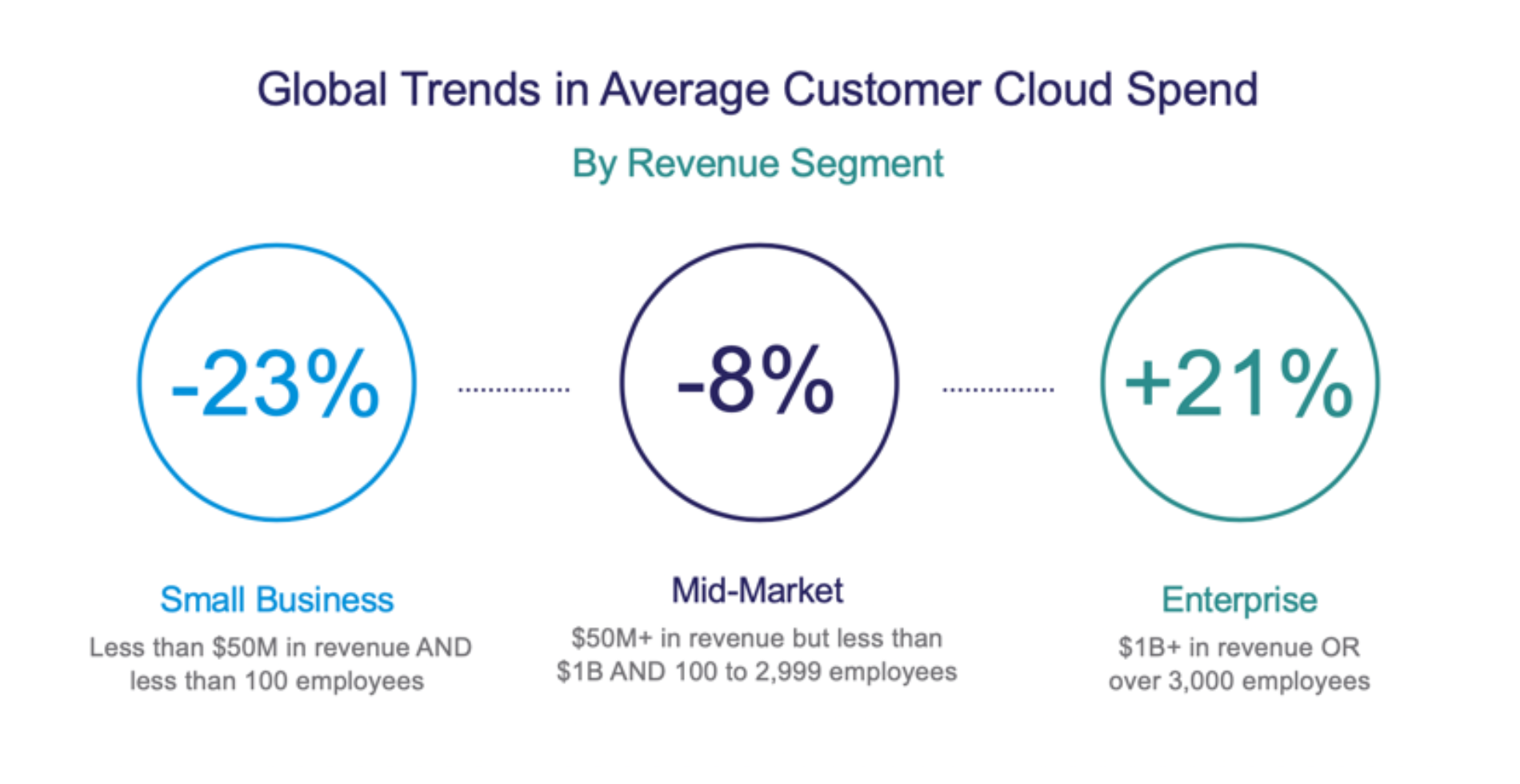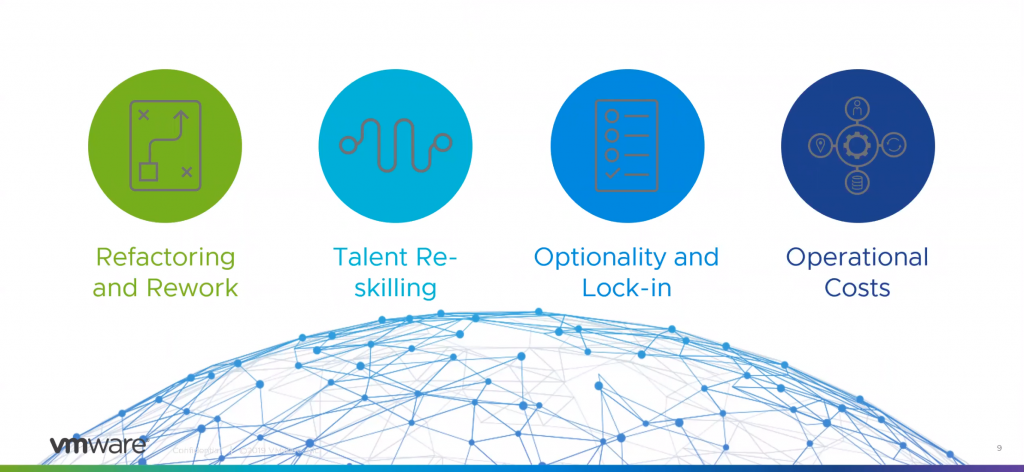Cloud spending is up — and so is the buzz around cloud economics.
Cloud computing is one of the most sought-after IT investments right now. Cloud is also one of the least understood technologies in terms of costs and economics. Especially now, amidst global economic uncertainty, organizations must be smart about how they consume cloud services to optimize costs and drive value.
Cloud Spending on the Rise Amidst a Pandemic
Global researchers at Gartner project worldwide IT spending to decline by 8% in 2020 from 2019. “The coronavirus pandemic and effects of the global economic recession are causing CIOs to prioritize spending on technology and services that are deemed ‘mission-critical’ over initiatives aimed at growth or transformation,” Gartner spokespeople write in a press release.
Despite belt-tightening measures, many organizations are projected to ramp up public cloud spending. “In 2020, some longer-term cloud-based transformational projects may be put on hiatus, but the overall cloud spending levels Gartner was projecting for 2023 and 2024 will now be showing up as early as 2022,” says John-David Lovelock, distinguished research vice president at Gartner.
One reason for increased cloud spending: to support the computing needs for unprecedented numbers of remote workers. Most organizations quickly embraced remote work when the COVID-19 pandemic shut down public spaces, like office buildings. Even after restrictions lift, 55% of U.S. employers anticipate employees will continue working remotely at least one day a week, according to a June survey by PwC.
Similarly, organizations rapidly adapted customer experiences to the new digital norm by turning to public cloud services.

Another reason: organizations see cloud services as an effective way to optimize costs. One of the key benefits of cloud computing is the ability to consume services as needed and to pay only for what is used. So, it’s ironic that enterprises waste billions of dollars spent on cloud.
What Is Cloud Economics?
Due to the tremendous benefits and risks of cloud investments, cloud economics is a hot topic. Cloud economics is the study of total cost of ownership and return on investments for cloud solutions, as well as the economic principles driving decisions.
This is an especially important conversation as enterprises extend their data center to the cloud for business continuity.
84% of businesses recognize that the economics of managing workloads in cloud environments is vital to long-term success.
IDG study, sponsored by Dell Technologies1
What a Waste: 4 Blind Spots in Cloud Spending
“People often make incorrect economic decisions, especially when dealing with the cloud,” says Bill Roth, director of cloud economics at VMware. “What we see, generally, is that there are four types of blind spots, or that they’re triggered from biases that people make when they make cloud decisions.”
1. Refactoring & Rework
“Oftentimes, the switching cost — the cost of moving from one platform to another — is minimized or overlooked,” Roth says. “The amount of time to refactor and rework to move, for example, from one type of cloud to another, with different APIs and with a different VM format, is often underestimated.”
2. Talent Reskilling
“Because platforms often require new thinking and new technologies,” he says. “People often underestimate how they can get access to talent or how they can scale people up.”
3. Optionality & Lock-in
“Decisions often get made because people undervalue the risk of what happens if I move to a platform and what will it take for me to unwind that and give me other options,” he continues. “If I move to a platform does it increase my options? Does it decrease my options? So it's often a blind spot.”
4. Operational Costs
“Operational costs can change,” Roth says. “You've got to pay particular attention to egress costs and understand your network flows.”
Egress fees are a provider’s costs of moving data out of their public cloud. Additionally, partners that manage cloud solutions can save administrative overhead costs by performing upgrades and updates for you, he points out.
Realizing the Benefits of Cloud
The cost-saving benefits of cloud computing are within reach. According to an IDG study with executives of large enterprises in EMEA, well-managed cloud environments derive an estimated 26% reduction in IT operations overhead.
Organizations with an understanding of cloud economics will be in a better position to optimize cloud costs now. Long after the current crisis, a well-designed cloud strategy will also help them be ready for the future. After all, “the amount of data that companies must store and manage is not going anywhere. Increasingly, even more of that data will be stored, managed and increasingly also analyzed in the cloud,” says Stephen Minton, program vice president in IDC's Customer Insights & Analysis group.


